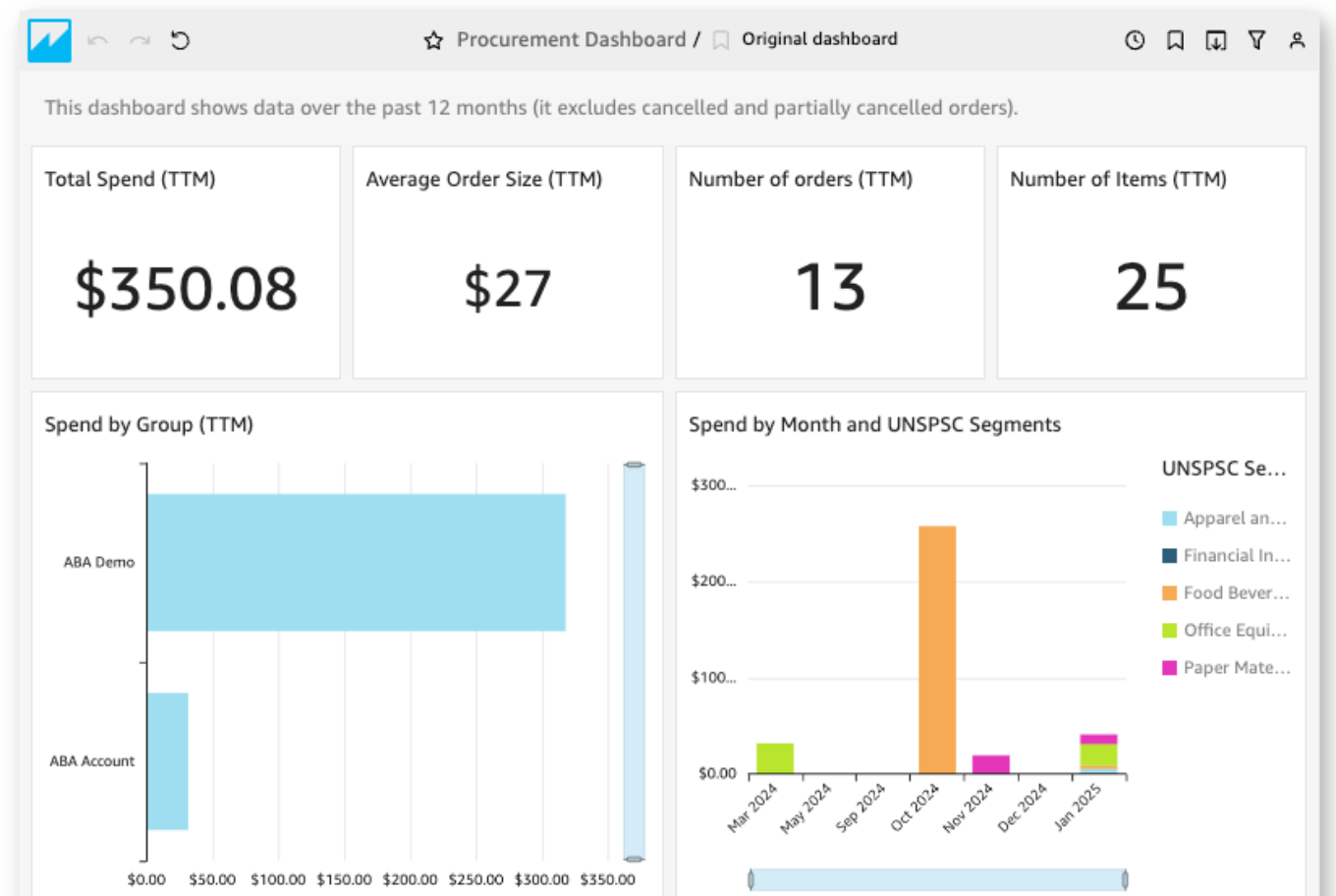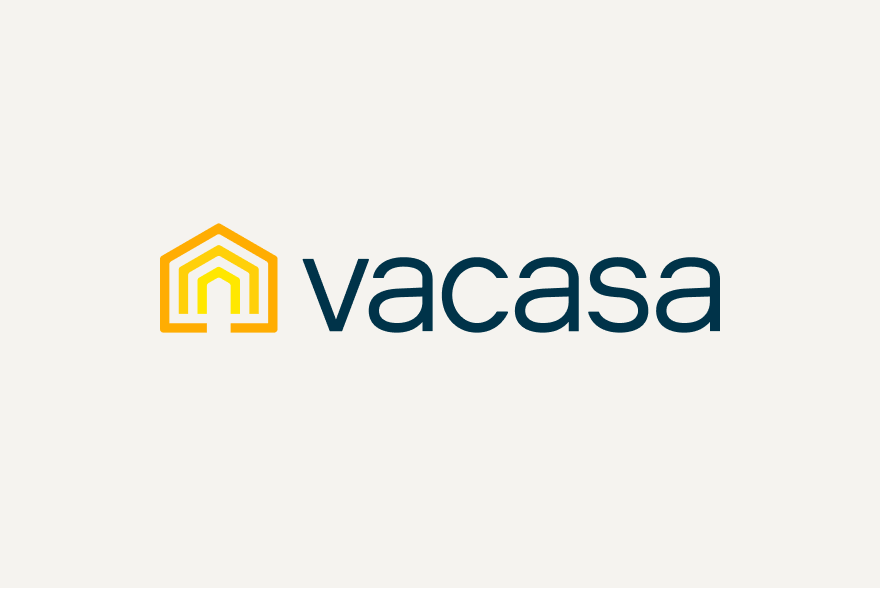Enterprise



-
Simplify purchasing
Empower your buyers to buy what they need, when they need it, guided by predefined controls.
Simplify purchasing
-
Manage spend
Manage rogue spend with tools that simplify sourcing and provide actionable insights.
Manage spend
-
Systems integration
Leverage a dedicated implementation team that works with your team to meet your goals.
Systems integration
Analytics and insights
Track spend across the enterprise with pre-built reports and custom dashboards.

Business Prime
Enjoy free, fast shipping, access to member-only offers and more.
Buying Policies and Approvals
Empower employees to purchase what they need easily and quickly, with predefined guardrails and policies.
Budget Management
Set budgets, track spending and reduce time spent auditing purchases.
3-Way Match
Automatically unite your order, item receipt, and invoice with 3-Way Match.
Punchout
Start your purchases in your e-procurement system, then punch out to Amazon Business.
Single Sign-on (SSO)
Streamline access and reduce security risk by giving your teams secure, one-click access to Amazon Business.
Customer stories

Enterprise
Vacasa
Managing spend with improved purchasing visibility and established payments policies.

Enterprise
ExxonMobil
Discover how a leading energy company streamlined their daily deliveries across numerous locations.
Get started



